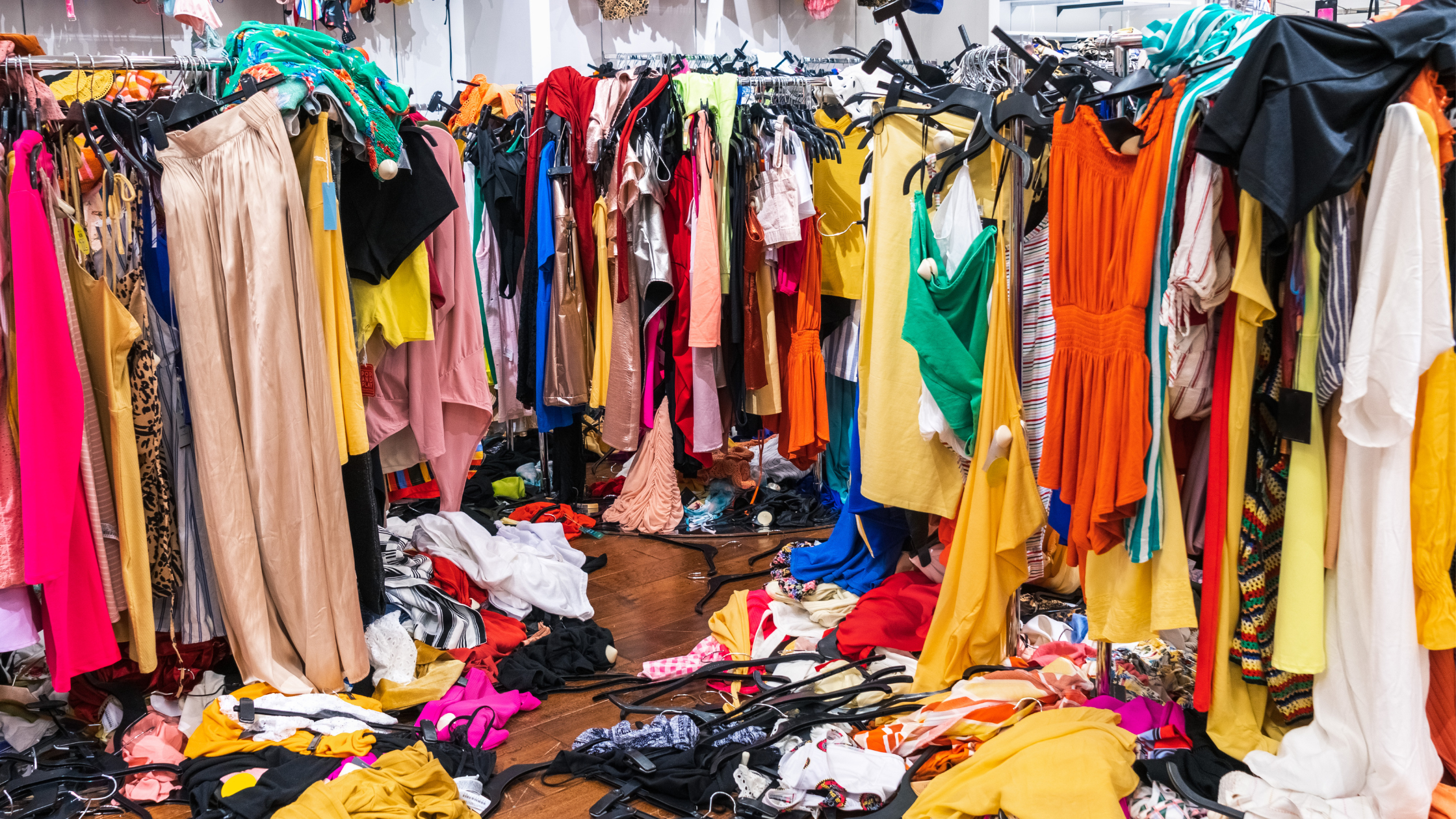
Breaking up with Plastic Fashion - A Deep Dive into Polyester
What is Polyester and How does it contribute to environmental degradation?
Since the conception of the first synthetic fibres at the end of the 19th century, the fashion industry has consistently looked to take advantage of these fabrics in producing cheaper garments which feature different qualities to traditional textiles such as cotton or wool.
While the initial excitement of creating innovative fabrics which promised new possibilities led to industrial scale production, it soon became clear that the environmental and human impact of synthetic fabrics was a cause for major concern.
With polyester being one of the leading offenders in terms of impact due to widespread usage, we wanted to take a look at its history from ground-breaking lightweight textile to the most widely used synthetic fibre in the fashion industry, producing “125 million tonnes of CO2e emissions in 2022 alone”, (Changing Markets)

When was polyester invented?
During the 1920’s, scientists had begun experimenting with creating new man made textiles, after Wallace Carothers first discovered you could mix alcohol and carboxyl acids to make fibres. Initial experiments didn’t go much further until, in 1941, John Winfield and James Dickson patented PET (polyethylene terephthalate) and went on to develop Terylene, the first polyester fibre.
Eager to be the first to bring the fibre to the general textile market, American company DuPont, purchased all the legal rights to the fabric, releasing their first product for mass consumption in 1951.
At this stage, polyester was marketed as a ‘miracle fabric’ due to its durability, resistance to wrinkling, and diversity of uses. Along with other synthetic fabrics, it experienced a boom in popularity in a range of markets, with the economic development of the 1960’s driving widespread demand for this innovative and affordable fibre. Consumers were initially excited by polyester’s qualities as a strong but light, stain and tear resistant, hard wearing but also soft fibre, which blends well with other fabrics.
However, by the 1970’s, polyester was losing its desirability as it developed a reputation for being ‘cheap looking’ and providing poor breathability, making it uncomfortable on the skin. Nevertheless, by this time, the fashion industry had begun to rely on polyester due to its low cost production. In the face of decreasing popularity, many companies switched to featuring polyester as a blend, while shifting the marketing focus back to natural fibres.
In recent decades, the spotlight has shifted further onto polyester’s dismal environmental impact, as research continues to uncover ever more horrifying results of its production and consumption, from toxic waste, to the release of microplastics. Sadly, this doesn’t seem to have affected the industry’s major garment producers who are increasingly relying on polyester to keep costs down and increase profits. Thanks to its versatility, it is now found in items from everyday clothing, outerwear, and underwear, to tarpaulin, sailcloth, vehicle interiors, and homewares, meaning its impacts are only increasing. And it is exactly this versatility and durability which makes polyester’s environmental consequences so damaging, as it can take up to two hundred years to decompose.
How is polyester made and what are the environmental impacts?
Polyester fabrics are created through a chain of lengthy, high energy processes. Production begins with ethylene glycol, a petroleum derived liquid, refined from crude oil, requiring high fuel consumption and introduction of toxic chemical waste. This interacts with other chemicals at a high heat to create a monomer, and reacts again, to create a polymer. Long strips of molten polymer are then extracted and cooled, before being broken into smaller pieces. These smaller pieces are heated again to produce a viscous liquid which is then spun to produce fibres. After this, the polyester filaments can be reacted or combined with various chemicals to achieve the desired finished product.
This process-heavy manufacturing requires extensive energy usage, creates high levels of wastage, as well as producing toxic and synthetic by products, which often end up polluting the local environment as well as being highly dangerous for workers and local people. Major polyester producing factories have also been linked to very poor working conditions, often amounting to slavery, and potentially fatal exposure to toxic chemicals for workers.
Due to incredibly high and increasing demand for cheap, ‘single wear’ clothing in the Western world, countries such as China, Taiwan, Korea, and India produce large amounts of polyester fibre, mostly used to produce garments in the same country, before being shipped to Western markets.
A recent report by the Changing Markets Foundation highlighted the fashion industry’s reliance on synthetic fabrics, the most common being polyester, and its reluctance to acknowledge the plethora of negative impacts. The report discovered that “(synthetic fibres) account for over two-thirds (69%) of textile production, a figure projected to rise to 73% by 2030”. Additionally, the brands surveyed had decreased transparency in their production processes, while employing green washing tactics to divert consumer attention.
All of these damaging environmental and social results of polyester, and other synthetics, are often ignored by fashion brands in favour of high profits. From the cheapest fast fashion, to expensive luxury companies, reliance on synthetic fibres is widespread, but as public education and perception of these fabrics changes, companies can hopefully be forced into change.
What can be done?
While the responsibility and scrutiny should not be drawn away from major fashion brands, there are choices that we as consumers can make to reduce the impact of synthetic fibres, and put pressure on offending companies.

Choose natural & organic fibres!
When you buy clothing made from natural textiles such as organic cotton and bamboo or responsibly-farmed wool, the positive impact can be massive! Not only will you be ensuring that the fabrics for your clothes have been produced in ways which are mindful of the environment, you will also be avoiding oil derived fibres, reducing reliance on finite resources.
Try to find companies who are transparent about the production of their clothes so that you can see exactly where they are coming from. Browse our blog posts to find out more about our production processes.

Image: our factory in Chennai. © Y.O.U Underwear.
Buy Fairtrade
Where possible, opt for Fairtrade products as this certification ensures much fairer working conditions and pay for the people making your clothes. Additionally, buying from local brands often means smaller scale production which is more mindful of local communities.
Attach a Washing Machine filter
While avoiding synthetic fibres altogether is the most effective way to reduce the dispersal of microplastics into the oceans, much of the existing clothing in your wardrobe may be made up of a range of fabrics. To continue getting as much wear as possible out of your clothes, try to reduce how often you wash them, and lower the temperature. You could also consider investing in a washing machine filter attachment which will prevent the microplastics and other fibres from being released into the water system.
Overall, we believe in the power of organic natural fibres here at Y.O.U, which is why all our products feature 95% organic cotton so you can feel comfortable all day long in super soft and breathable fabrics, while resting assured that your pants didn’t cost the Earth!

Image: models Morna & Meg. © Y.O.U Underwear.
If you want to learn more have a look below
- Read more about why we use cotton in our underwear here
- Find out about the EU's 2024 Sustainable Design Legislation
- Learn more about the amazing people making your pants!

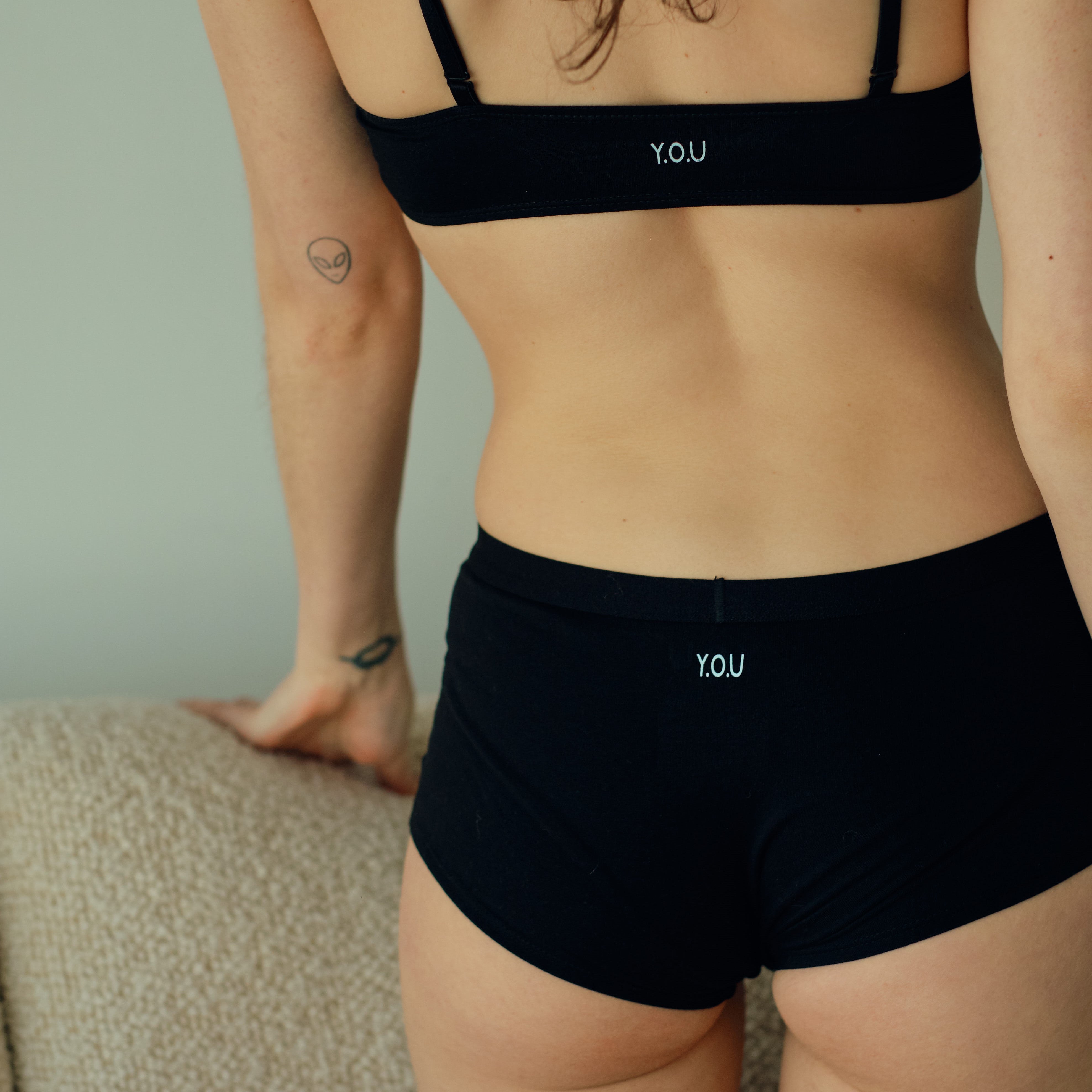



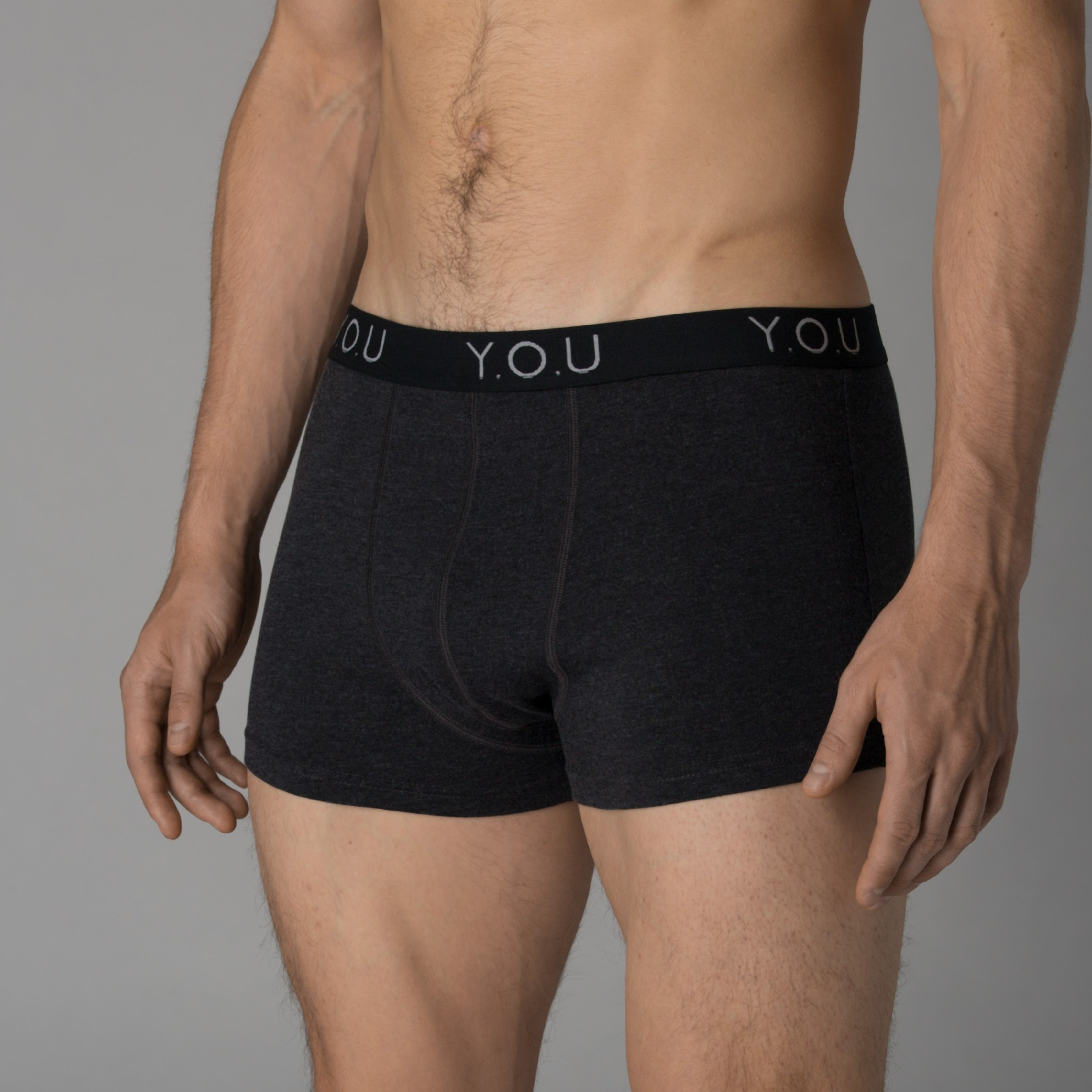
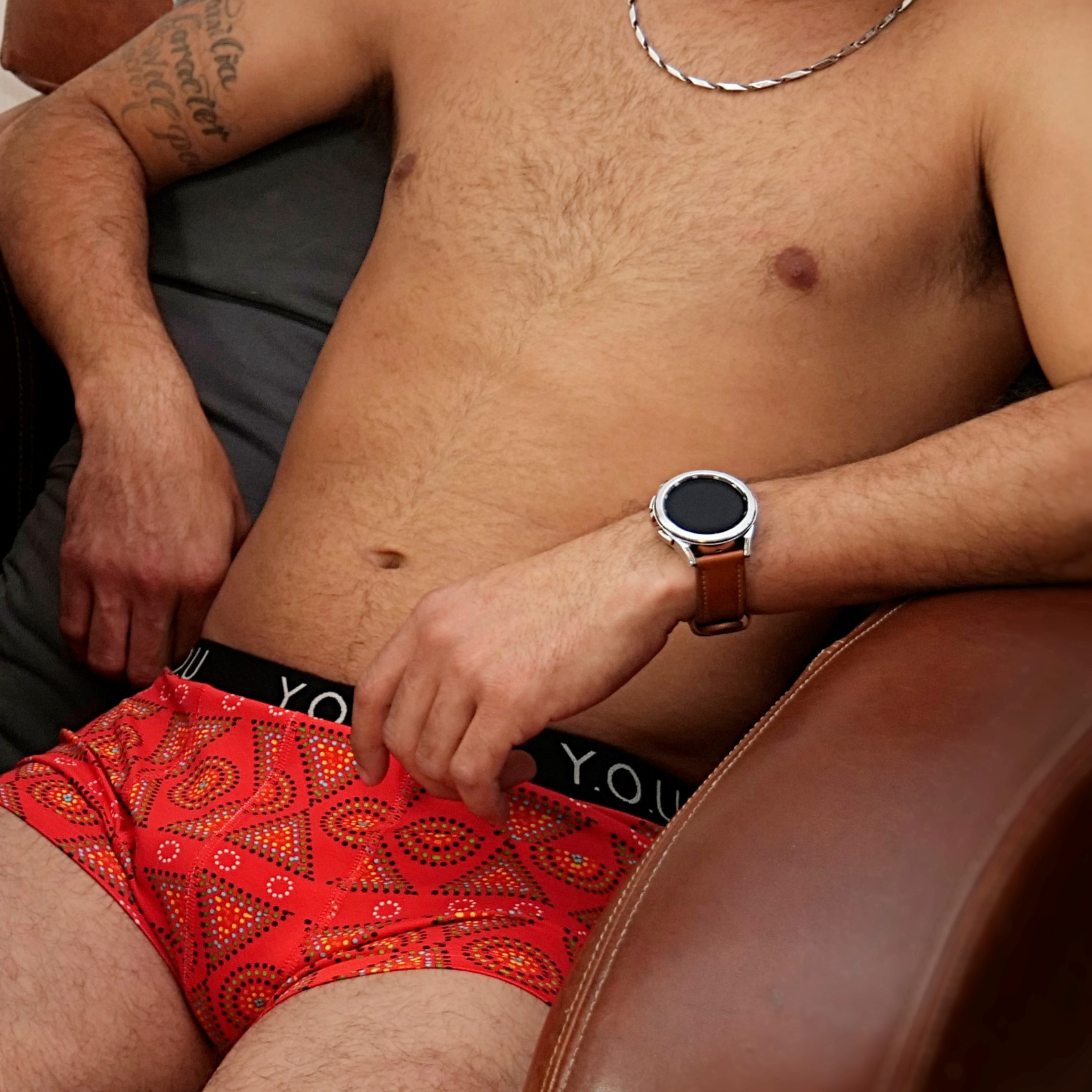




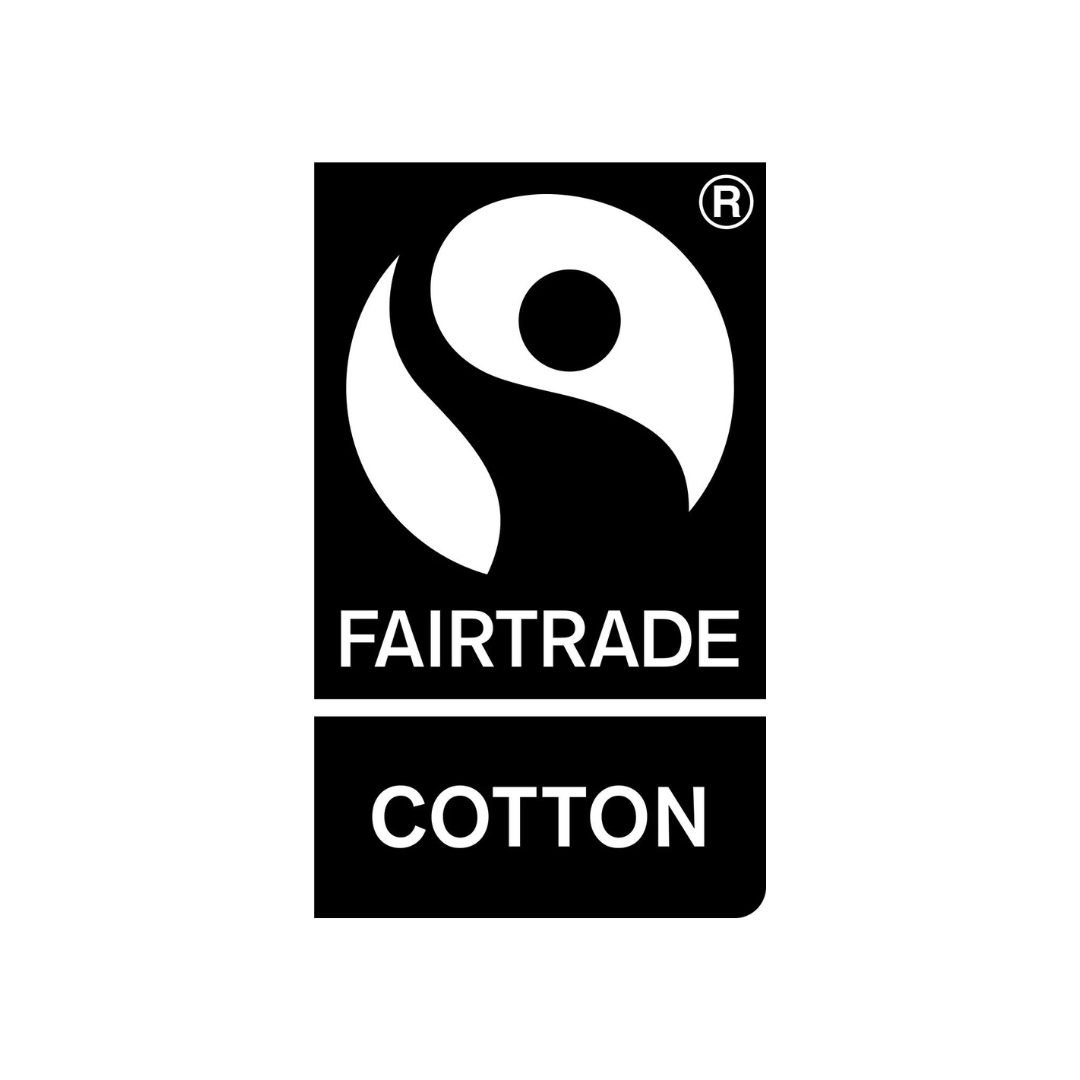
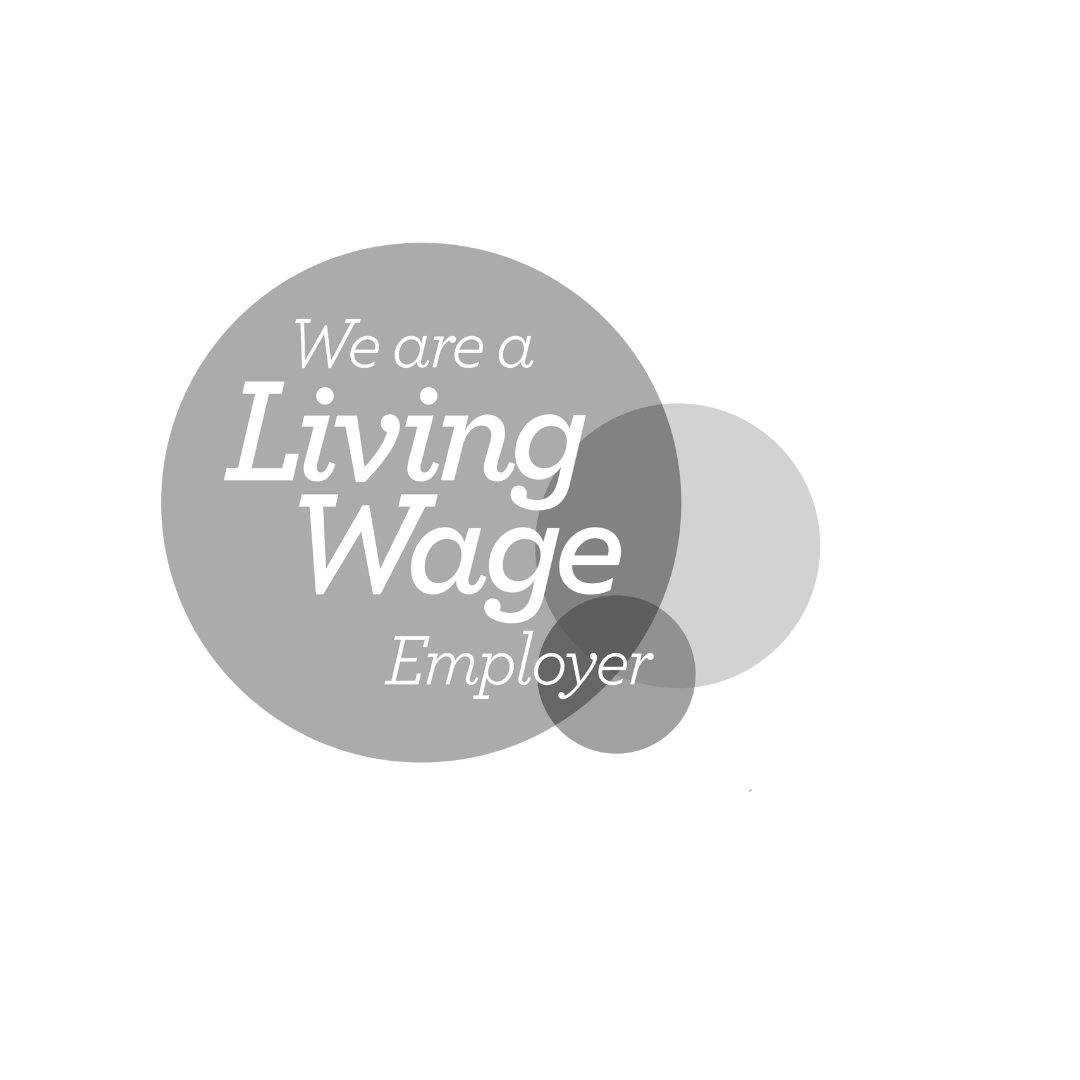



Leave a comment
This site is protected by hCaptcha and the hCaptcha Privacy Policy and Terms of Service apply.